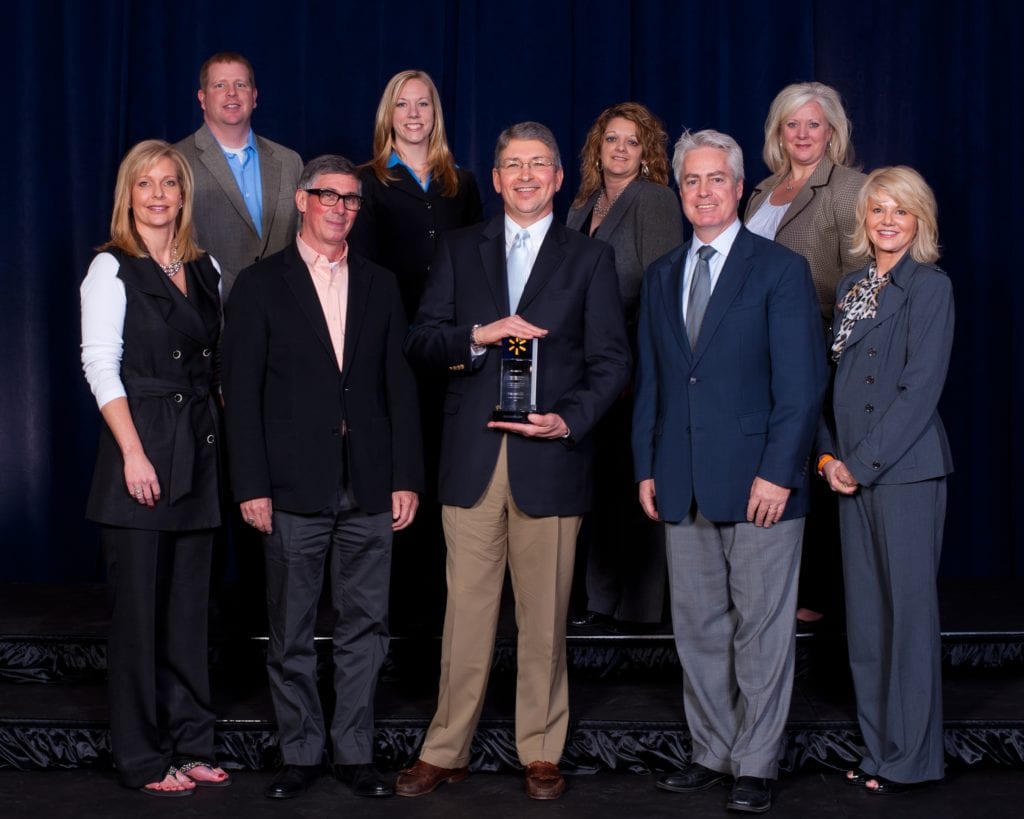Digital adherence technologies to improve tuberculosis treatment outcomes in China: a cluster-randomized superiority trial
Digital adherence technologies to improve tuberculosis treatment outcomes in China: a cluster-randomized superiority trial https://www.thearcadygroup.com/wp-content/themes/crocal/images/empty/thumbnail.jpg 150 150 The Arcady Group https://www.thearcadygroup.com/wp-content/themes/crocal/images/empty/thumbnail.jpgArcady Group team members co-authored a paper that is now available with open access online in The Lancet. The article entitled Digital adherence technologies to improve tuberculosis treatment outcomes in China: a cluster-randomized superiority trial aimed to evaluate the effect of a daily reminder medication monitor, monthly review of adherence data by the health-care provider, and differentiated care for patients with adherence issues, on tuberculosis treatment adherence and outcomes.



